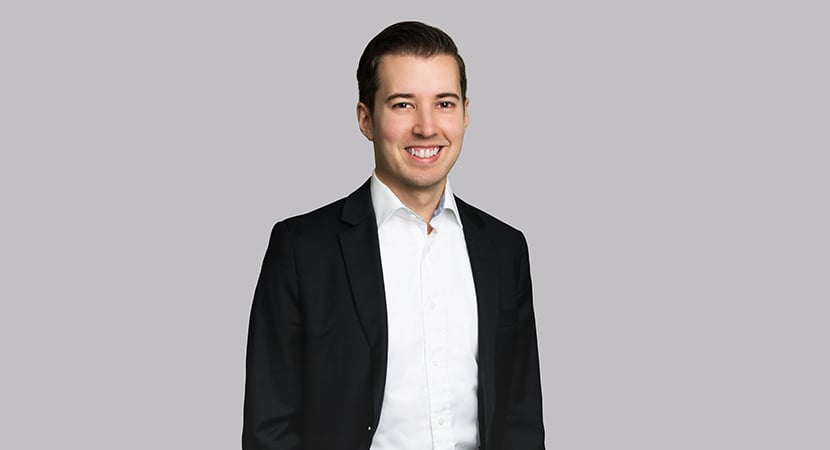District court grants motion for partial summary judgment in favor of art gallery, holding that plaintiff could not recover indirect profits for sales of works other than allegedly infringing photograph because causal connection between those profits and alleged infringement was too attenuated, as were any unrealized profits from a potential but unconsummated resale of allegedly infringing photograph.
Donald Graham owned the copyright in a photograph titled “Rastafarian Smoking a Joint.” Richard Prince, a well-known appropriation artist, created an allegedly infringing photograph, “Untitled (Portrait of Rastajay92).” Prince sold “Rastajay92” to the Gogosian Gallery, which was owned by Lawrence Gogosian, who later purchased “Rastajay92.”
The Gogosian Gallery displayed “Rastajay92” as part of an exhibit titled New Portraits. The New Portraits exhibit consisted of “Rastajay92” plus dozens of non-infringing works by Prince that had a similar aesthetic. The Gogosian Gallery sold many of the non-infringing works before the New Portraits exhibit opened to the public. The Gogosian Gallery also sold several non-infringing works that were never publicly exhibited; instead, buyers purchased those non-infringing works after the Gogosian Gallery directly sent the buyers images of the photographs.
“Rastajay92” appeared in certain promotional materials for the New Portraits exhibit, including in a catalog and on the Gogosian Gallery’s website. Other promotional materials did not include images of “Rastajay92.” One online article about the exhibit included an image of “Rastajay92,” while at least a dozen others did not.
Graham sued Prince and the Gogosian defendants for copyright infringement. Graham claimed that he was entitled to recover against the Gogosian defendants the profits that they earned from selling the non-infringing New Portraits works. Graham argued that he was entitled to such profits because the Gogosian defendants used “Rastajay92” to promote the sales of the non-infringing works. Graham also claimed he was entitled to recover against Lawrence Gogosian the “unrealized profits” that might be earned if he resold “Rastajay92.” Defendants moved for partial summary judgment, seeking an order that (1) Graham had failed to demonstrate with evidence that any profits from the sale of the non-infringing works were attributable to the alleged infringement of “Rastajay92” and (2) unrealized profits were not recoverable under the Copyright Act.
The court granted partial summary judgment in favor of defendants on the issue of indirect profits because “no reasonable jury could find that the Gogosian Defendants[’] use of “Rastajay92” had a causal connection to profits earned from the sale” of the non-infringing works. The court reasoned that 17 U.S.C. § 504 authorizes a copyright owner to recover an infringer’s profits only if the owner “submit[s] evidence of the infringer’s gross revenue properly limited to that which is reasonably related to the infringement.” The copyright owner must demonstrate a “sufficient causal nexus” between the infringement and the infringer’s gross revenues. Whereas direct profits “arise from the sale of the infringing good,” indirect profits are “derived from the use of the copyrighted works to promote sales of other products.” Because indirect profits often rely on a highly speculative link between the alleged infringement and revenues, sending such claims to a jury should be “extremely rare.”
The court held that Graham failed to meet his burden of establishing indirect profits, for two reasons. First, the non-infringing works did not contain “Rastajay92,” unlike, for example, an anthology containing an infringing poem. “Rastajay92” and the non-infringing works were each sold as a “discrete and separate item[.]”
Second, Graham failed to submit evidence “showing that the infringing work contributed to an increase in value of, or increase in decisions to buy, the non-infringing products.” The mere inclusion of “Rastajay92” in some advertisements was not enough, standing alone, to prove that its inclusion caused the sale of the non-infringing works. To the contrary, the Gogosian Gallery sold many of the non-infringing works before the New Portraits exhibit opened to the public and before the exhibit received any publicity from images containing “Rastajay92.” The evidence showed that “buyers who purchased the [non-infringing works] were likely interested in those works for reasons unrelated to their minimal association with ‘Rastajay92.’”
The court also granted partial summary judgment in favor of Lawrence Gogosian on the “unrealized profits” issue. The court noted that the disgorgement of unrealized profits was a “remedy with scant precedent to support it.” Only three district court decisions have awarded unrealized profits, and those cases were limited to the “infringement of architectural plans” and the “would-be profits on the sale” of the property constructed based on those infringing plans. The court declined to extend the theory of unrealized profits outside the limited architectural context. The court left open whether it would have applied the unrealized profits theory even in the narrow context of architectural plans.
Summary prepared by David Grossman and Keane Barger
-
 Co-Chair, Litigation
Co-Chair, Litigation -
 Associate
Associate
)






